Go deep into the hypnotic world of Rangolis, where symmetrical patterns and a kaleidoscope of colors combine to create designs that are both spiritual and significant. Enjoy the Enchanting Mandala Rangoli designs as you read this article and see how they blend in with the classic Rangoli art style. Explore the stunning synthesis of modern innovation with ancient symbolism.
Mandala in Rangolis as Historical Origin
Sanskrit circle signifies unity, wholeness, and eternity, and this has long been the meaning of mandalas. What is the way these universal symbols made their way into the complex and culturally rich Rangoli tradition?
Mandalas have been a part of spiritual practices and religious rites since ancient times, whence they originated. They have stood for the cosmos for ages. Mandalas are a useful tool for meditation and reaching a higher state of awareness because of their intricate designs and radial symmetry. From Hinduism to Christianity, their spiritual importance is recognized in all these civilizations and religions. Making the move from hallowed areas to courtyards.
The Relationship with Rangoli
Rangoli painting is a distinct way to welcome positive people and ward against bad luck. It is mostly practiced in India. Traditionally, this meant making eye-catching designs for home entrances, particularly for festivals.
Rangoli art organically incorporated mandala motifs as mandals became more deeply ingrained in Indian spirituality. As a result, the courtyard became to represent harmony and balance as a canvas for these cosmic patterns.

The Timeless: Enchanting Mandala Rangoli
The trio of dots A common sight in many homes, rangoli has an enduringly charming classic quality. Here is a closer look at its legendary status.
Why do these patterns have a recognizable quality?
The core idea behind the three dots Rangoli is simplicity. Not only are these patterns simple to make, but they also have symbolic meaning. This is seen as lucky in many cultures, signifying harmony, knowledge, and comprehension.
They also provide a foundation. The simple three-dot pattern serves as the foundation for many elaborate Rangolis, which grow into elaborate designs like the Enchanting Mandala Rangoli.
A three-dot visual feast Rangoli Mandala:
A carefully chosen collection of pictures that highlight many patterns derived from the traditional three-dot structure, highlighting its versatility and classic appeal.
Mandala Rangoli Innovations: From Traditional to Modern:
Rangoli, like art, is always changing. The combination of modern technology and traditional traditions has brought about a revolutionary transition in Mandala Rangolis.
Digital versions: Rangoli patterns in the era of digital technology:
The proliferation of digital art tools has provided artists with a new medium: the screen. Rangoli brushes are now included in programs like Adobe Illustrator and Procreate, enabling the creation of intricate digital Mandala Rangolis.
By utilizing AR and VR, Rangolis may be created and positioned in virtual environments, expanding the possibilities of this artistic medium.
The merging: How modern artists are fusing the new with the traditional:
Artists all over the world are combining Mandala patterns with graffiti, abstract art, and even 3D models while maintaining the essence. The ancient custom is given fresh life by this multidisciplinary and cross-cultural approach.
Steps to Draw Enchanting Mandala Rangoli

1. Draw the grid and the central dot
Make a central dot with chalk or white powder.
Draw a 3×3 grid with dots positioned uniformly around the central dot, about 1 inch or 2.5 cm (about 0.98 in) apart.
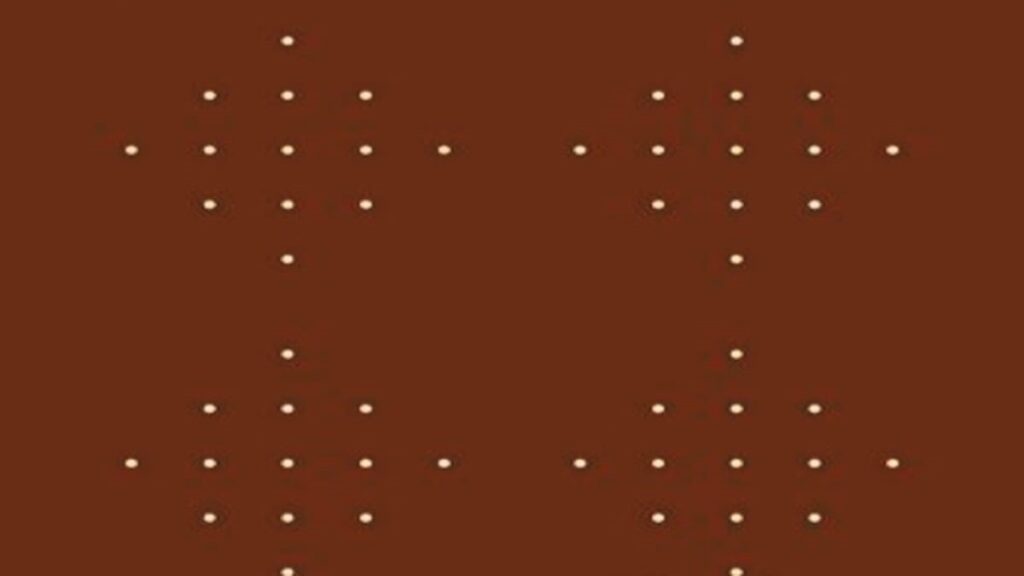
2. Construct the Circle of the Central Mandala
Encircle the middle dot with a tiny circle.
Create a cross by drawing four lines that radiate outward from this circle to the four surrounding dots.
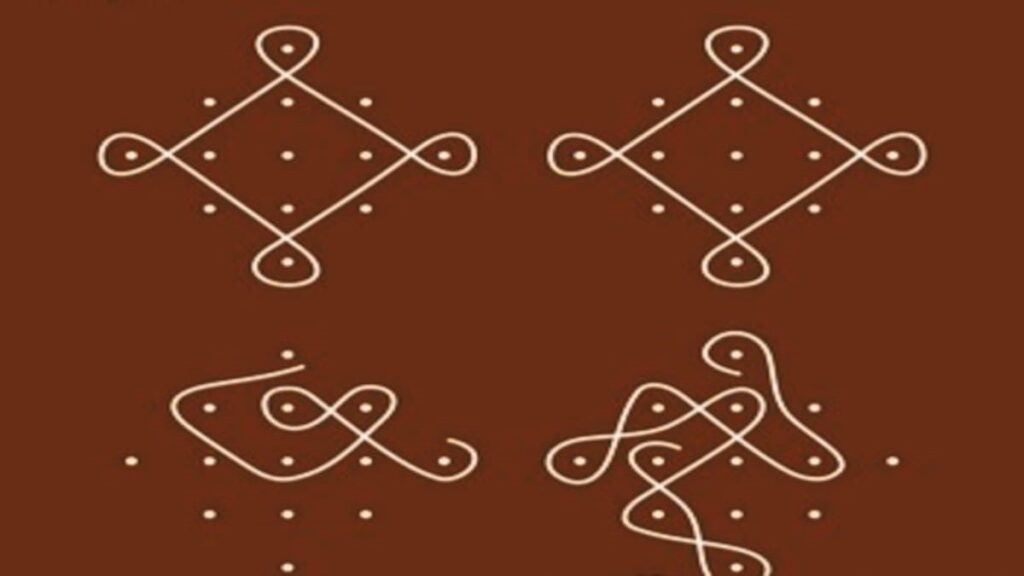
3. Include More Circles in the Mandala
To reach the outer dots, draw concentric circles encircling the core circle.
To fill the 3×3 grid area, add additional concentric circles, progressively enlarging their size.
4. Incorporate Extensive Designs
Geometric forms such as diamonds, squares, and triangles.
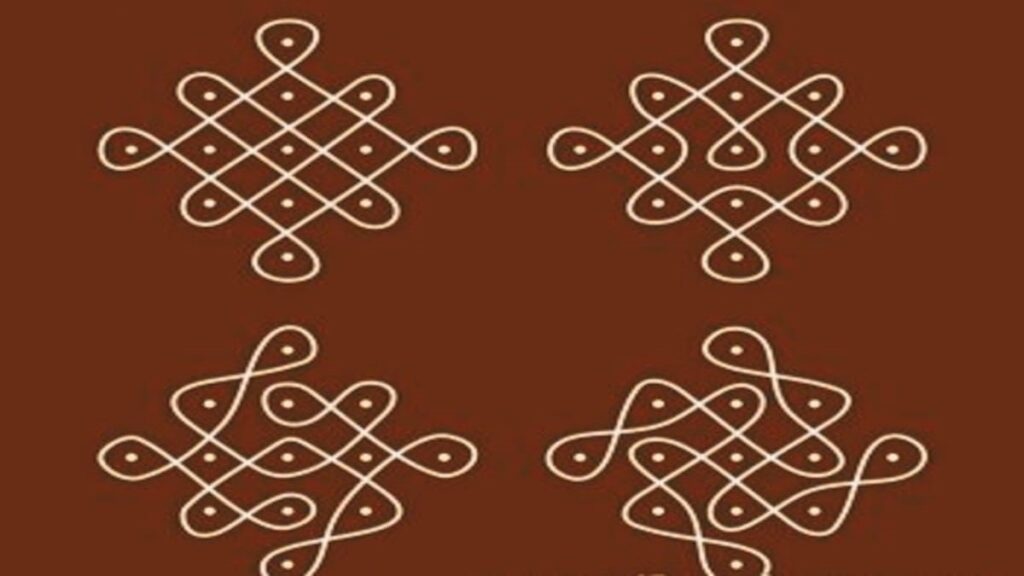
Spirals, curved lines, and tiny dots accentuate the intricate design of the mandala.
6. Stuff with Colors
Gently add assorted colors to each area of the mandala:
To prevent smudging, begin at the innermost circle and work your way outward.
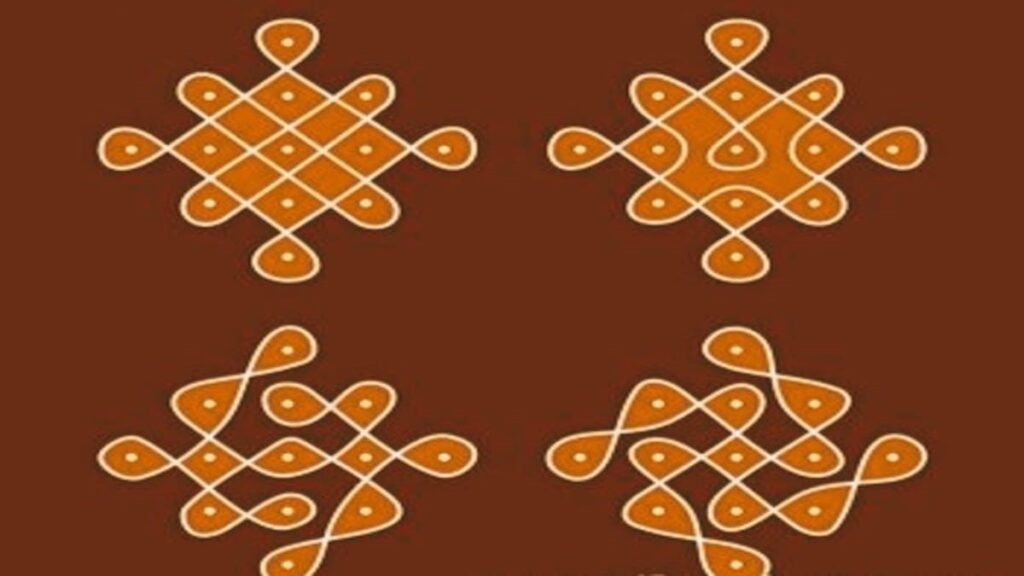
Taking Stock of the Past, Greetings from the Future
Customary Mandala Rangolis has served as a symbol of the spiritual profundity and cultural diversity of numerous nations, particularly those on the Indian subcontinent. These patterns, which stand for prosperity, festivities, and introspective concentration, have adorned temples, courtyards, and doorsteps.
Technology has made it possible for Mandala Rangolis to smoothly enter the digital era, keeping its integrity while embracing modernity. Because of this flawless fusion of the old and the new, art will always be changing and will therefore appeal to all age groups.
The Universal Appeal
Although mandalas have their origins in particular cultures, their universal ideas of wholeness, unity, and eternity speak to people all throughout the world.
The circular patterns, which frequently resemble the patterns of the sun, moon, and earth, help us connect to the universe and our inner selves while bridging cultural and geographic divides.
A Creativity Canvas of Enchanting Mandala Rangoli
The possibilities in the Mandala Rangoli universe are endless. There’s space for everyone to express themselves, be creative, and try new things, whether you are a beginner practicing a basic three-dot design or an experienced artist creating intricate digital patterns. Although the tools, supplies, and methods may change, the fundamentals—a love of creation and the delight of artistic expression—never change.
Mandala Rangolis is captivating due to its depth and beauty. They are a mirror of the cycles of life, the immensity of the world, and the inventiveness of the human spirit. As this thorough investigation ends, let us honor this artistic medium and acknowledge its significance in religious rituals, cultural celebrations, and the ordinary moments it brightens.
In summary
Mandala Rangoli is an eternal art form. It becomes clear as we explore the world of Mandala Rangolis that this art form is more than just a decorative endeavor—rather, it is a synthesis of spirituality, culture, and creative expression. Its development—from prehistoric spiritual symbols to modern digital versions—paints a clear picture of how customs change, flourish, and hold cultural significance for a long time.

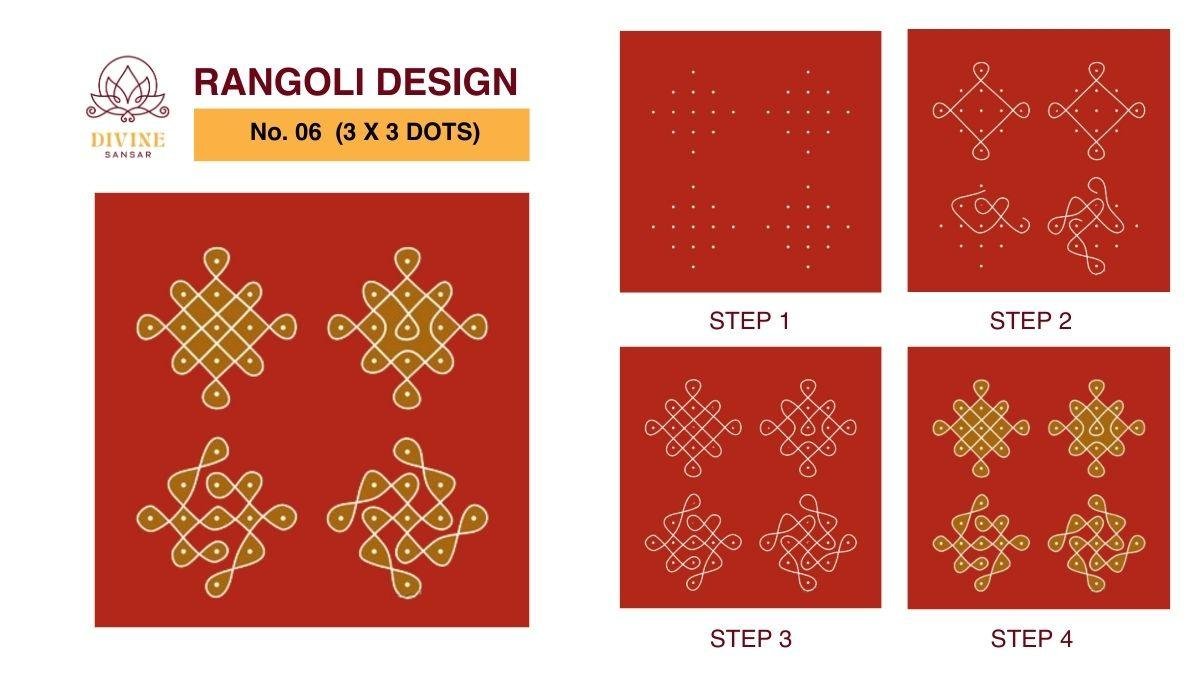



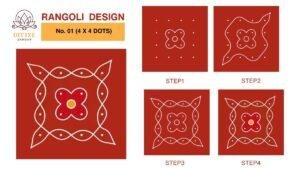
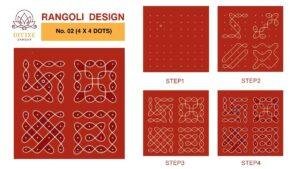
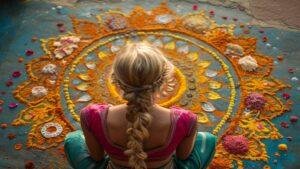





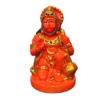
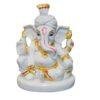

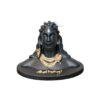

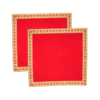
Add comment